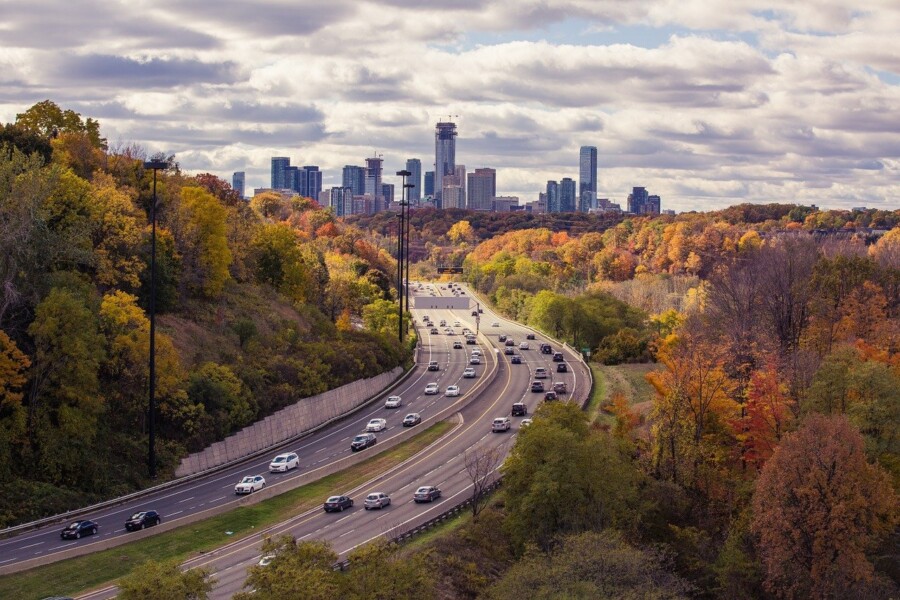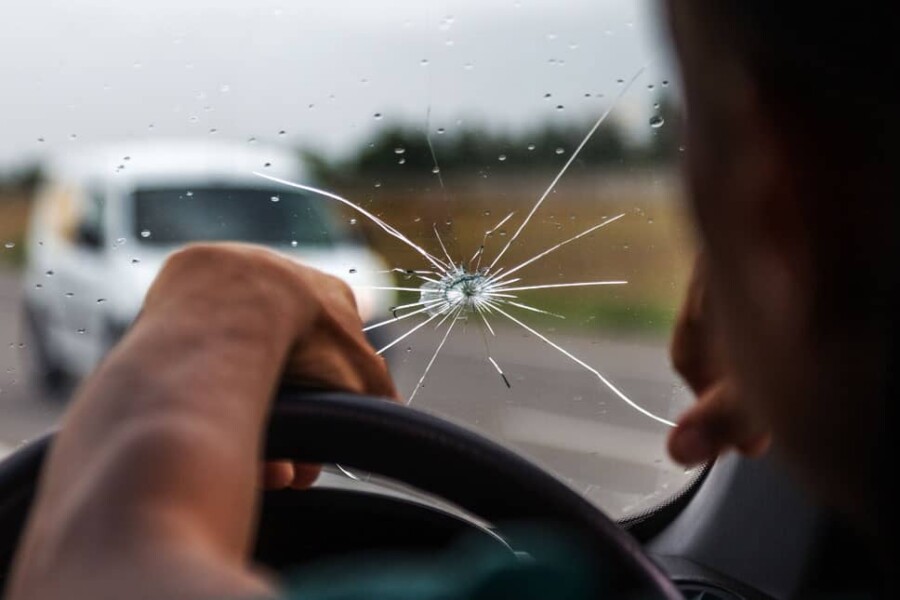La flota de radares de control de velocidad de la Dirección General de Tráfico (DGT) está compuesta por hasta 850 dispositivos, entre los que se encuentran radares fijos, de tramo, móviles o de helicóptero. Gracias a este extenso sistema de control de tráfico, la DGT es capaz de detectar un promedio de 2,2 millones de infracciones de velocidad cada año.
Desde Ralarsa, taller de lunas especializado en la reparación y sustitución de parabrisas, te contamos toda la información sobre los diferentes tipos de radares de velocidad utilizados por la DGT.
Radares de velocidad más utilizados por la DGT
Con el objetivo de garantizar la máxima seguridad en la conducción a todos los usuarios, la DGT focaliza todos sus esfuerzos en distribuir su gran flota de radares de velocidad por toda la red de circulación de la manera más eficiente posible. No obstante, la ubicación estratégica de estos dispositivos de control de velocidad puede empeorar la circulación de los vehículos y generar graves problemas de tráfico, ya que muchos usuarios frenan drásticamente antes de llegar a un radar fijo para evitar ser multados por exceso de velocidad.
Asimismo, para solucionar este problema de circulación, son muchos los especialistas en seguridad vial que recomiendan la utilización de los radares de tramo. Al contrario que los radares fijos que miden la velocidad inmediata del vehículo cuando pasan por un lugar concreto, este tipo de dispositivos son capaces de medir la velocidad media a la que un vehículo recorre un largo tramo de carretera. De este modo, el conductor podrá disminuir la velocidad de manera progresiva sin realizar frenazos bruscos que puedan afectar a la fluida circulación de vehículos.
Dado que son unos dispositivos de control de velocidad muy eficaces que no afectan a la libre circulación en las carreteras, la DGT ha incrementado la utilización de radares de tramos en autovías e incluso en carreteras secundarias.
¿A qué velocidad podrás ser multado por un radar?
Gracias a la información publicada por la DGT y la Guardia Civil en redes sociales, es posible saber a la velocidad que debes conducir para ser multado por un radar. La velocidad máxima a la que podrá circular un vehículo sin ser multado depende del tipo de carretera:
- Carreteras con límite de velocidad entre 50 y 100 km/h. En este caso, el radar se activa cuando un vehículo supera los 7 km/h por encima del límite de velocidad establecido en dicha vía. Es decir, en una carretera con límite de velocidad de 60 km/h, serás multado si circulas a una velocidad igual o superior a los 67 km/h.
- Carreteras con límite de velocidad superior a 100 km/h. Cuando la vía presente un límite de velocidad superior a los 100 km/h, el radar se activará cuando detecte un vehículo circulando a una velocidad superior al 7% del límite establecido. De este modo, en una vía con límite de velocidad de 120 km/h, un conductor que circule a una velocidad igual o superior a 128,4 km/h será sancionado.
Aplicaciones gratuitas de radares de velocidad
Desde Ralarsa, taller parabrisas especializado en la sustitución y reparación lunas, promovemos una conducción al volante segura y responsable en todo momento. A continuación, te mencionamos cuatro de las aplicaciones más populares sobre radares de velocidad que podrás descargar de manera gratuita.
- DGT. Se trata de la app oficial de la Dirección General de Tráfico. Resulta muy útil para obtener información sobre el estado de las carreteras y la distribución de radares por la red de circulación.
- Social Drive. Gracias a una base de datos formada por más de dos millones de usuarios, con esta aplicación podrás obtener información sobre la ubicación de radares de velocidad, controles policiales o la localización del helicóptero Pegasus de la Guardia civil.
- iCoyote. Además de obtener información sobre radares de velocidad, también permite compartir datos de atascos u otras incidencias de tráfico con el resto de usuarios de la app. Es la app de radares de velocidad mejor valorada por RACC.
- CamSam. Esta aplicación pone a disposición de los usuarios una base de datos compuesta por más de 60.000 radares fijos. Asimismo, la gran ventaja de CamSam es que puede ser utilizada sin conexión a internet o datos móviles.
¡En los talleres de lunas Ralarsa nos preocupamos por tu seguridad!
En Ralarsa, taller parabrisas especialistas en la sustitución y reparación lunas de coche, ofrecemos una gran variedad de servicios para garantizar la máxima seguridad de tu vehículo a la hora de conducir. Te invitamos a navegar por nuestra página web, donde descubrirás un amplio catálogo de servicios de calidad. ¡Pon a punto tu vehículo con los talleres de lunas Ralarsa!





